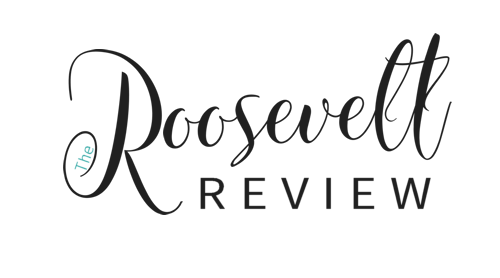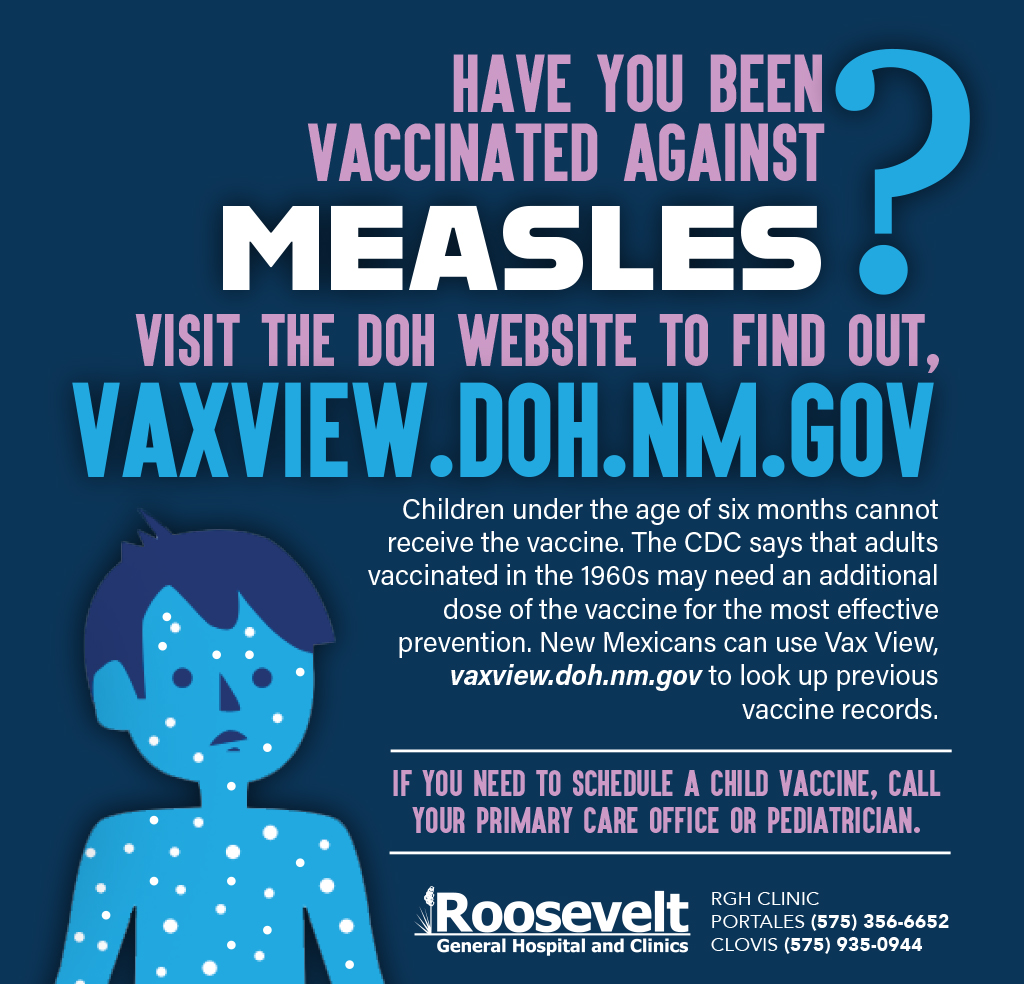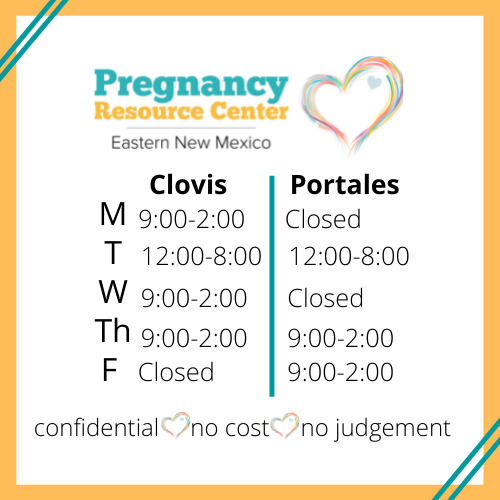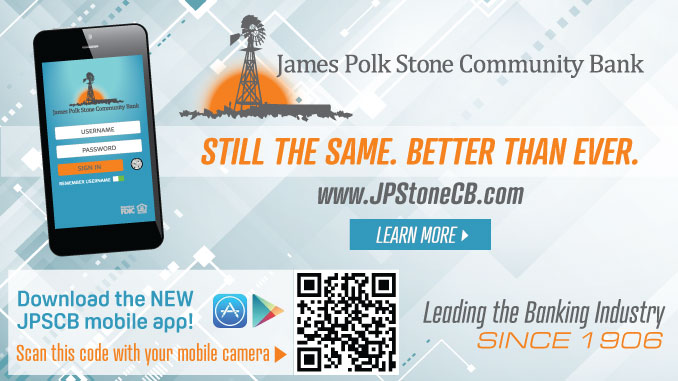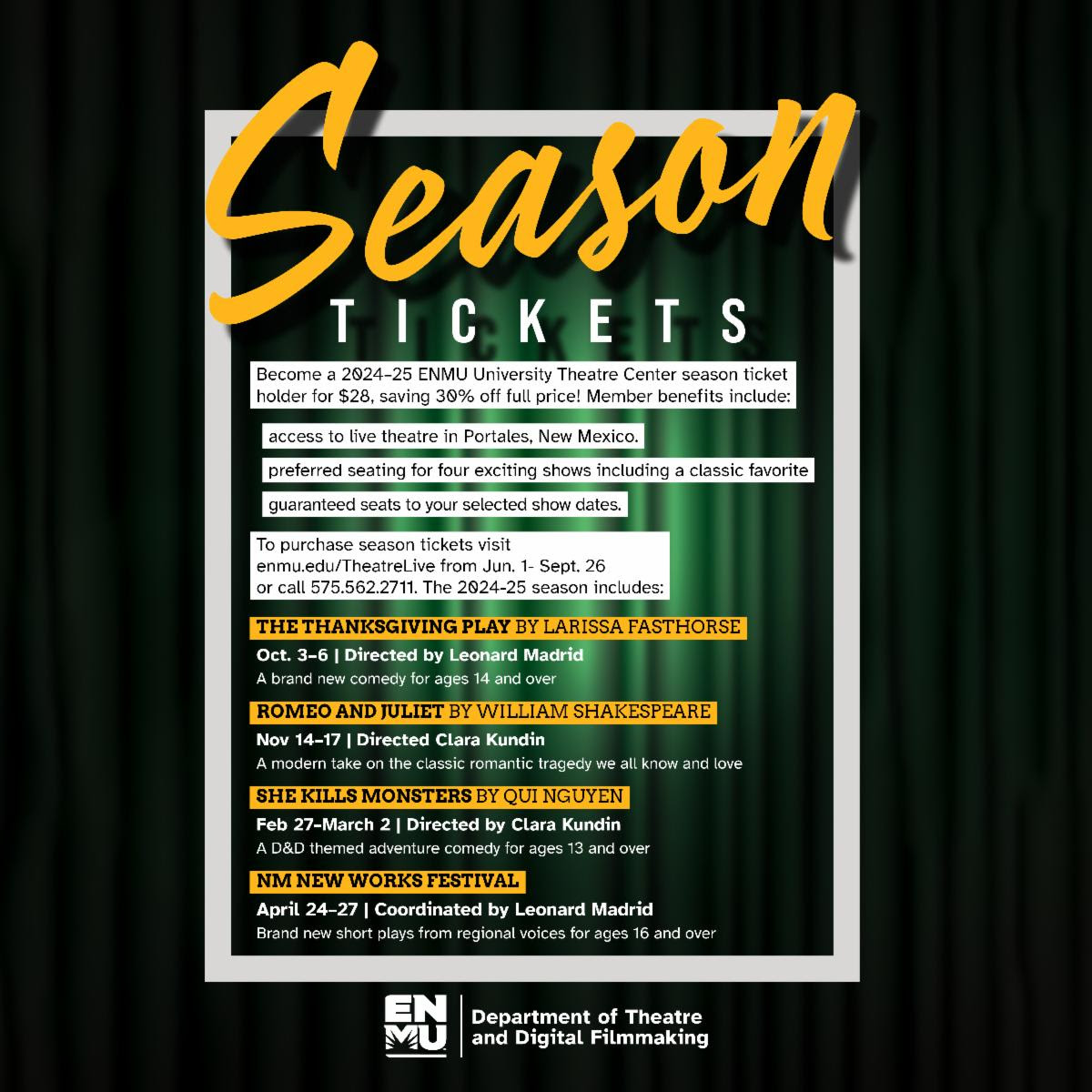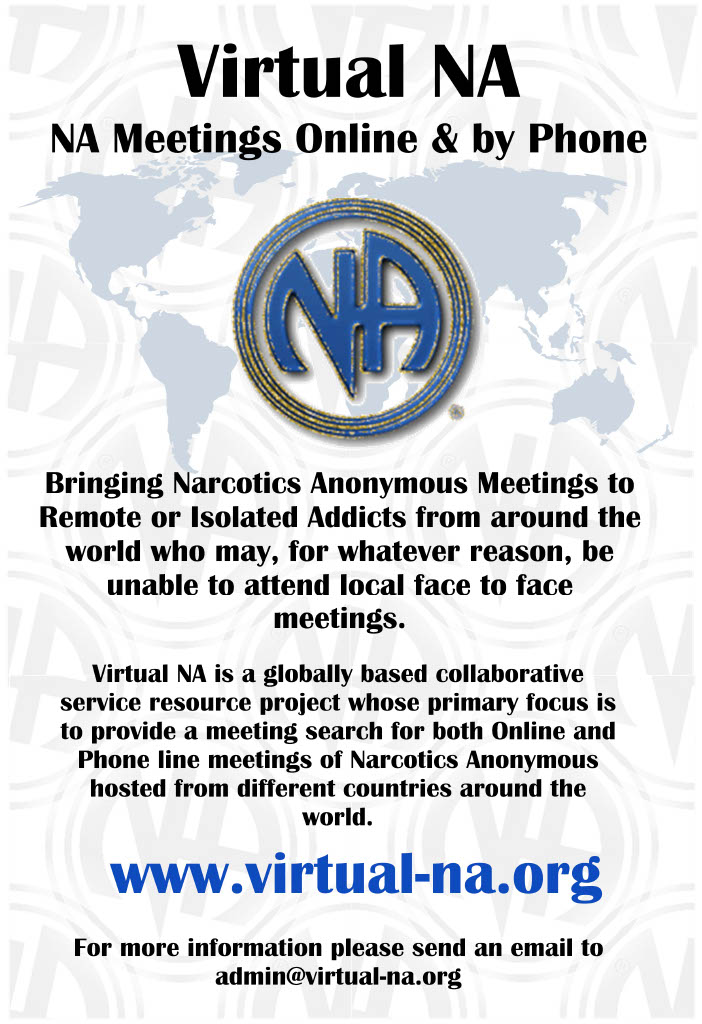SANTA FE – The state Supreme Court today issued an opinion broadening when a business or individual from outside of New Mexico can be sued for damages in the state.
In its unanimous opinion involving damage claims against law firms for a tobacco company, New Mexico’s highest court for the first time adopted “conspiracy jurisdiction” for civil lawsuits. That legal theory allows defendants, who are alleged to be part of an unlawful civil conspiracy, to be sued in state court on the basis of their co-conspirators’ actions directed at New Mexico.
“We hold that conspiracy jurisdiction comports with due process if properly limited to focus on the defendant’s conduct in actively participating in a civil conspiracy that the defendant knows will target a forum state,” the Court wrote in an opinion by Justice Michael E. Vigil.
The law requires defendants to have certain connections with a state for courts to exercise “personal jurisdiction’’ over them — the authority to decide a civil lawsuit against them. For a business that is at home in New Mexico, state courts have “general personal jurisdiction” to hear all claims against them. New Mexico may assert “specific personal jurisdiction” over nonresident defendants whose conduct establishes ties to the state, such as by conducting business in New Mexico.
In today’s opinion, the justices outlined a legal standard for determining whether a nonresident defendant is subject to the specific personal jurisdiction of New Mexico courts because of their participation in a civil conspiracy. Those bringing the lawsuit, the Court wrote, must show that “(1) the defendant actively and voluntarily participated in a civil conspiracy, (2) the defendant knew of a co-conspirator’s acts in furtherance of the civil conspiracy that occurred in or were aimed at New Mexico, and (3) these acts created minimum contacts with New Mexico such that the defendant could reasonably foresee being brought into court here.”
“As with other exercises of specific personal jurisdiction, the plaintiff’s claims must arise from or relate to the contacts imputed to the defendant on the basis of its participation in the civil conspiracy,” the Court explained.
The Court’s opinion provided the legal reasoning for an order issued in October after the justices heard oral arguments in a case involving two damage lawsuits by New Mexico residents against tobacco manufacturer Philip Morris USA, Inc., three out-of-state law firms, and several retailers and distributors of cigarettes.
The justices ordered a district court in Santa Fe to dismiss Shook, Hardy & Bacon LLP, Covington & Burling LLP, and Womble Bond Dickinson (US) LLP, from the lawsuits, which alleged the law firms and Philip Morris had conspired to defraud the public about the dangers of smoking.
The case reached the Supreme Court after the law firms appealed a district court ruling that had allowed the lawsuits to proceed against them. The district court based its ruling on a 2002 Court of Appeals decision about personal jurisdiction. The justices limited the scope of the two-decades-old decision and concluded that the people who brought the lawsuit – the plaintiffs – failed to show a basis for jurisdiction over the law firms. Allegations in the lawsuit included that the law firms screened and directed pro-tobacco scientific studies, and provided legal clearance for advertising.
“In sum, Plaintiffs’ allegations and exhibits do not show that the Law Firms participated in a civil conspiracy to commit fraudulent misrepresentation or that the Law Firms knew of acts in furtherance of this alleged civil conspiracy creating minimum contacts with this state,” the Court wrote.
The Court further explained, “The Law Firms are not subject to our courts’ jurisdiction simply because they may have advised their clients about our state’s laws and regulations or kept track of scientific studies being conducted in our state.”
###
To read the decision in Shook v. Wilson, No. S-1-SC-39689, please visit the New Mexico Compilation Commission’s website using the following link:
